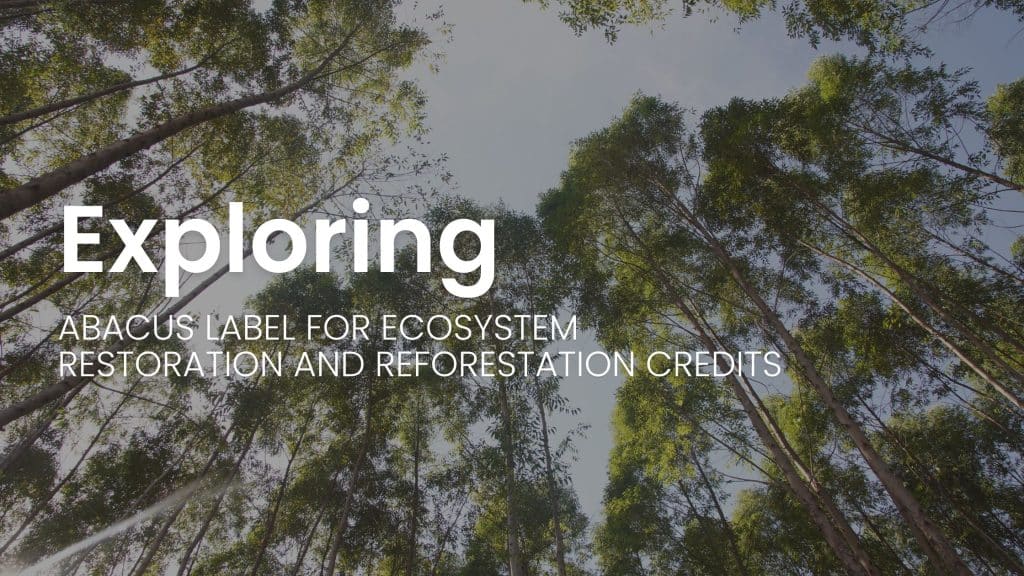Net Zero, Zero Carbon, Zero Emissions, Carbon Neutral...
- Net Zero
- Carbon Neutral
While they might seem synonymous, it is important to understand their conceptual differences and practical implications.
What is the difference between Net Zero and Carbon Neutral?
In this Article, we will explore in detail the distinctions between these concepts and how they can influence our strategies for dealing with the climate emergency.
Before we delve into this analysis, however, it is crucial to emphasize that the ultimate goal of both concepts is to drastically reduce greenhouse gas emissions in order to make a real contribution to the global climate change mitigation strategy.
The meaning of Net Zero
The concept of “Net Zero” is closely related to the 2015 Paris Agreement and aims to limit the rise in global temperatures to less than 1.5°C, aiming to achieve zero net carbon emissions by 2050.
This means that no additional emissions should be added to the atmosphere. To achieve this goal, emissions must be effectively reduced through the adoption of a coherent climate strategy.
Companies can become net-zero by adopting, for example, the Science Based Targets Initiative (SBTi).
The Net Zero path
A Net Zero ambition represents a radical change in business-as-usual practices, and to achieve it, we recommend referring to the “Climate positive approach strategy” proposed by SBTi.
This method helps accelerate the transition to a global Net Zero and is structured into 6 main steps:
- Choosing base year: the first step a company must take to achieve Net Zero is to choose the base year, which is the year that will be the starting point for calculating reduction targets.
- Carbon Footprint calculation: once the base year has been chosen, it will be necessary to calculate the carbon footprint of its activities, that is, the amount of greenhouse gases (GHGs) emitted into the atmosphere during the entire year.
- Reduction plan: The reduction plan must include the set of all initiatives that a company must undertake with the aim of reducing its carbon footprint.
- Offsetting: at the same time as the reduction plan, companies are required to offset their emissions using Certified Carbon Credits, thus becoming Carbon Neutral.
- Neutralization: once a company has managed to minimize its carbon footprint through the reduction plan, the remaining emissions (called “hard to abate”) must be neutralized through the purchase of carbon credits exclusively of the “removals” type.
- Communication: This stage is critical for stakeholder alignment with the company’s mission and transparency to customers.

The meaning of Carbon Neutrality
The concept of Carbon Neutrality, according to SBTi, fits within Step 4 “Offsets” of the Road to Net Zero.
Once your company’s carbon footprint has been calculated, and the reduction targets to be achieved have been defined, the choice can be made to begin taking action on offsetting emissions.
This process is done through the use of certified carbon credits*, which if purchased in sufficient quantities to offset the entire carbon footprint of your operations, will allow you to achieve carbon neutral status.
* One carbon credit represents I removal and/or reduction of one ton of CO2 equivalent from the atmosphere and thus offsets greenhouse gas emissions by companies and individuals.
Why is it important?
Carbon neutrality is an important first step in combating climate change, which should not be underestimated. There is a way to go before reaching the 2050 goal, and to achieve it, all possible actions today are important.








